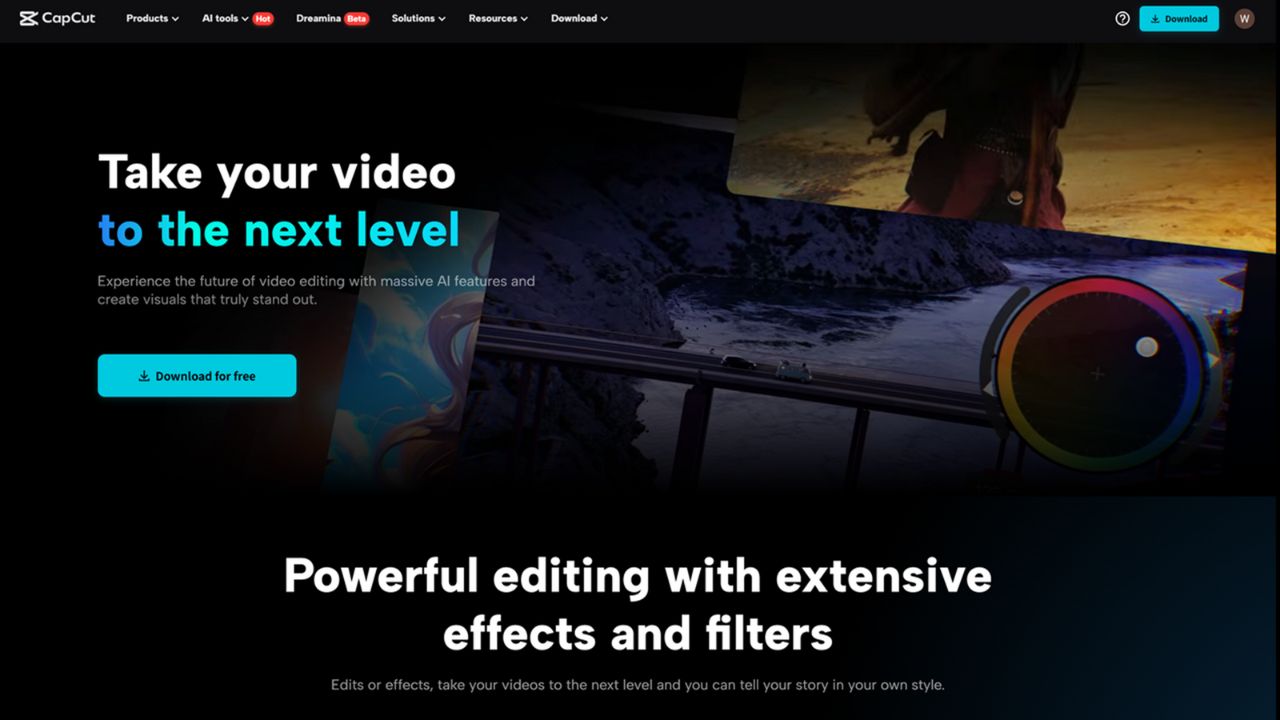Achieving a shredded physique is a goal that many fitness enthusiasts strive for. Having a lean, muscular body with defined abs is appealing, but it requires dedication, proper nutrition, and a well-structured workout regimen.
There are no shortcuts or magic solutions to getting shredded; it involves hard work, consistency, and time. This article breaks down ten essential hacks to help you achieve a ripped physique.
From strength training and cutting calories to managing stress and staying consistent, these steps provide a comprehensive guide to transforming your body. Read on to discover how you can get shredded right and finally achieve the six-pack abs you’ve always wanted.
1. Strength Train to Build Muscle
Strength training is the cornerstone of getting shredded. Building lean muscle enhances your physique and increases your basal metabolic rate (BMR), which helps burn more calories even at rest.
Incorporate compound movements like squats, deadlifts, and bench presses into your routine, as they engage multiple muscle groups and stimulate muscle growth. Aim to train with weights at least three times a week, focusing on upper and lower-body workouts to create a balanced physique.
Key Exercises:
- Squats: Engage the core, glutes, and legs, promoting overall muscle growth.
- Deadlifts: Target multiple muscle groups, including the back, legs, and core.
- Bench Press: Builds upper body strength, focusing on the chest, shoulders, and triceps.
- Pull-Ups: Enhance back and bicep strength while engaging the core.
Training multiple muscle groups ensures balanced growth and prevents overworking any single area. Including a variety of exercises keeps the workouts engaging and effective.
2. Cut Calories to Lose Fat
To reveal your muscle definition, you need to reduce body fat. This means creating a calorie deficit by consuming fewer calories than you burn. Start by calculating your daily caloric needs and aim to reduce your intake by 500-750 calories per day to lose about 1-2 pounds per week.
However, avoid cutting calories too drastically, as this can lead to muscle loss and decreased energy levels. Monitor your progress and adjust your intake to ensure steady fat loss without compromising muscle mass.
Strategies for Cutting Calories:
- Track Your Intake: Use a food diary or app to monitor your daily caloric intake.
- Eat Smaller Portions: Reduce portion sizes to control calorie consumption.
- Choose Nutrient-Dense Foods: Opt for foods high in nutrients but low in calories, such as vegetables, fruits, and lean proteins.
- Avoid Empty Calories: Limit intake of sugary drinks, alcohol, and high-fat junk foods.
3. Eat Enough Protein
Protein is essential for muscle repair and growth. It helps maintain lean mass during a calorie deficit, making it a crucial component of your diet when aiming to get shredded. Aim to consume at least 1 gram of protein per pound daily.
Include protein-rich foods like lean meats, fish, eggs, dairy, beans, and legumes. Consider protein supplements like whey protein shakes to meet your daily requirements, especially if you have a busy schedule.
High-Protein Foods:
- Lean Meats: Chicken, turkey, and lean cuts of beef.
- Fish: Salmon, tuna, and other fatty fish provide omega-3 fatty acids and protein.
- Dairy: Greek yogurt, cottage cheese, and low-fat milk.
- Plant-Based Proteins: Lentils, chickpeas, quinoa, and tofu.
4. Eat a Moderate Amount of Healthy Fats
Healthy fats are vital for overall health and can help you feel satiated, making it easier to stick to your diet. Include sources of unsaturated fats like avocados, nuts, seeds, and olive oil in your diet.
Aim to keep your fat intake around 20-30% of your daily calories. Avoid trans fats and limit saturated fats to maintain cardiovascular health and optimize your body composition.
Healthy Fat Sources:
- Avocados: High in monounsaturated fats, which promote heart health.
- Nuts and Seeds: Almonds, chia seeds, and flaxseeds provide essential fatty acids.
- Olive Oil: Rich in monounsaturated fats and antioxidants.
- Fatty Fish: Salmon and mackerel provide omega-3 fatty acids.
5. Try Carb Cycling
Carb cycling involves varying your carbohydrate intake based on your activity levels. On training days, consume more carbs to fuel your workouts and aid recovery. On rest days, reduce your carb intake to promote fat burning.
This approach can help optimize energy levels, support muscle growth, and enhance fat loss. Focus on complex carbs like whole grains, sweet potatoes, and vegetables to sustain energy and prevent blood sugar spikes.
Carb Cycling Tips:
- High-Carb Days: Include more carbs on intense training days to replenish glycogen stores.
- Low-Carb Days: Reduce carbs on rest days to encourage fat burning.
- Choose Complex Carbs: Opt for whole grains, sweet potatoes, and fibrous vegetables.
6. Use Portion Control
Accurate portion control is essential to ensure you eat the right amount to avoid a calorie deficit. Use a food scale to measure your portions and track your intake. Be mindful of high-calorie foods and avoid overeating.
Eating smaller, more frequent meals throughout the day can help manage hunger and keep your metabolism active. Prepare meals in advance to avoid impulsive eating and ensure you stay on track with your nutrition plan.
Portion Control Strategies:
- Measure Portions: Use a food scale to weigh your meals.
- Pre-Plan Meals: Prepare meals ahead of time to control portion sizes.
- Eat Mindfully: Focus on eating slowly and paying attention to hunger cues.
7. Add High-Intensity Interval Training (HIIT)
High-Intensity Interval Training (HIIT) is an effective way to burn fat and improve cardiovascular fitness. HIIT workouts involve short bursts of intense exercise followed by brief rest periods.
This type of training increases calorie burn during and after the workout due to the high-intensity effort. Incorporate HIIT sessions 2-3 times a week into your routine, combining exercises like sprints, burpees, and jump squats to maximize fat loss and boost metabolism.
Sample HIIT Workout:
- Warm-Up: 5 minutes of light jogging or dynamic stretches.
- Workout: 30 seconds of intense exercise (sprints, burpees) followed by 30 seconds of rest, repeated for 20 minutes.
- Cool-Down: 5 minutes of walking or static stretching.
8. Get Some Sleep
Sleep is crucial for muscle recovery, fat loss, and overall health. Aim for 7-9 hours of quality sleep per night. Poor sleep can lead to increased levels of the stress hormone cortisol, which can promote fat storage, especially around the abdomen.
Establish a regular sleep schedule, create a relaxing bedtime routine, and minimize exposure to screens before bed to improve sleep quality. Rest and recovery are as important as your workouts for achieving a shredded physique.
Tips for Better Sleep:
- Set a Schedule: Go to bed and wake up simultaneously daily.
- Create a Routine: Develop a pre-sleep routine that includes relaxing activities like reading or a warm bath.
- Limit Screens: Avoid using electronic devices at least an hour before bed.
9. Control Stress
Chronic stress can negatively impact your fitness goals by increasing cortisol levels, leading to fat gain, particularly in the abdominal area. Manage stress through relaxation techniques like meditation, yoga, and deep breathing exercises.
Regular physical activity also helps reduce stress. Finding time for hobbies, socializing, and ensuring a work-life balance can contribute to lower stress levels and better results in your fitness journey.
Stress Management Techniques:
- Meditation: Practice mindfulness or guided meditation to reduce stress.
- Yoga: Incorporate yoga sessions to promote relaxation and flexibility.
- Deep Breathing: Use deep breathing exercises to calm the mind and body.
10. Stay Consistent
Consistency is critical to getting shredded. Stick to your workout and nutrition plan, even when progress seems slow. Results take time, and maintaining a consistent approach will yield better long-term outcomes than quick fixes or extreme diets.
Track your progress with regular measurements, photos, and body fat assessments. Adjust your plan based on your results, and stay motivated by setting short-term goals and celebrating small victories.
Maintaining Consistency:
- Track Progress: Use measurements and photos to monitor changes.
- Set Goals: Establish short-term and long-term goals to stay motivated.
- Celebrate Success: Reward yourself for achieving milestones to maintain motivation.
Summary
Getting shredded is a combination of building muscle and losing fat through a well-rounded approach that includes strength training, proper nutrition, and lifestyle adjustments. You can develop a lean, muscular physique by following these ten steps.
Remember, there are no shortcuts—hard work, dedication, and patience are essential. Focus on your goals, stay consistent, and enjoy the journey to a shredded body.
Whether you’re just starting your fitness journey or looking to refine your approach, these hacks will provide the guidance and motivation needed to achieve the desired results. Get started today, and transform your body into the best version of itself!









































